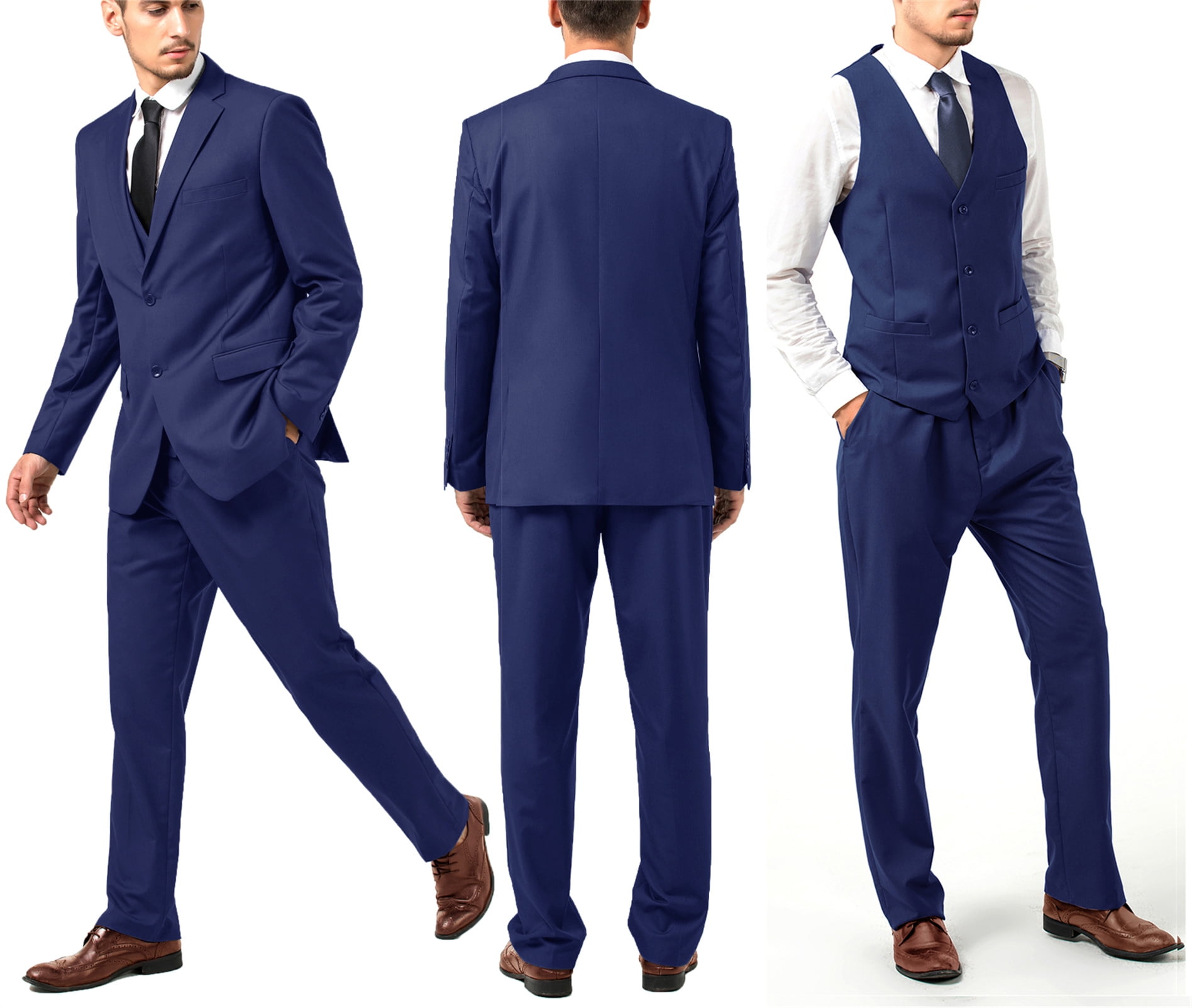What is my suit size? Finding the right suit size is crucial to ensure that you look and feel your best in formal attire. A well-fitted suit enhances your appearance, exudes confidence, and makes a lasting impression. However, determining your suit size can sometimes feel confusing or overwhelming. In this guide, we will help you demystify the process of finding your suit size. By understanding key measurements, knowing how to take accurate measurements, and considering additional factors such as body shape and personal preferences, you can confidently navigate the world of suit sizes and find the perfect fit for any occasion.
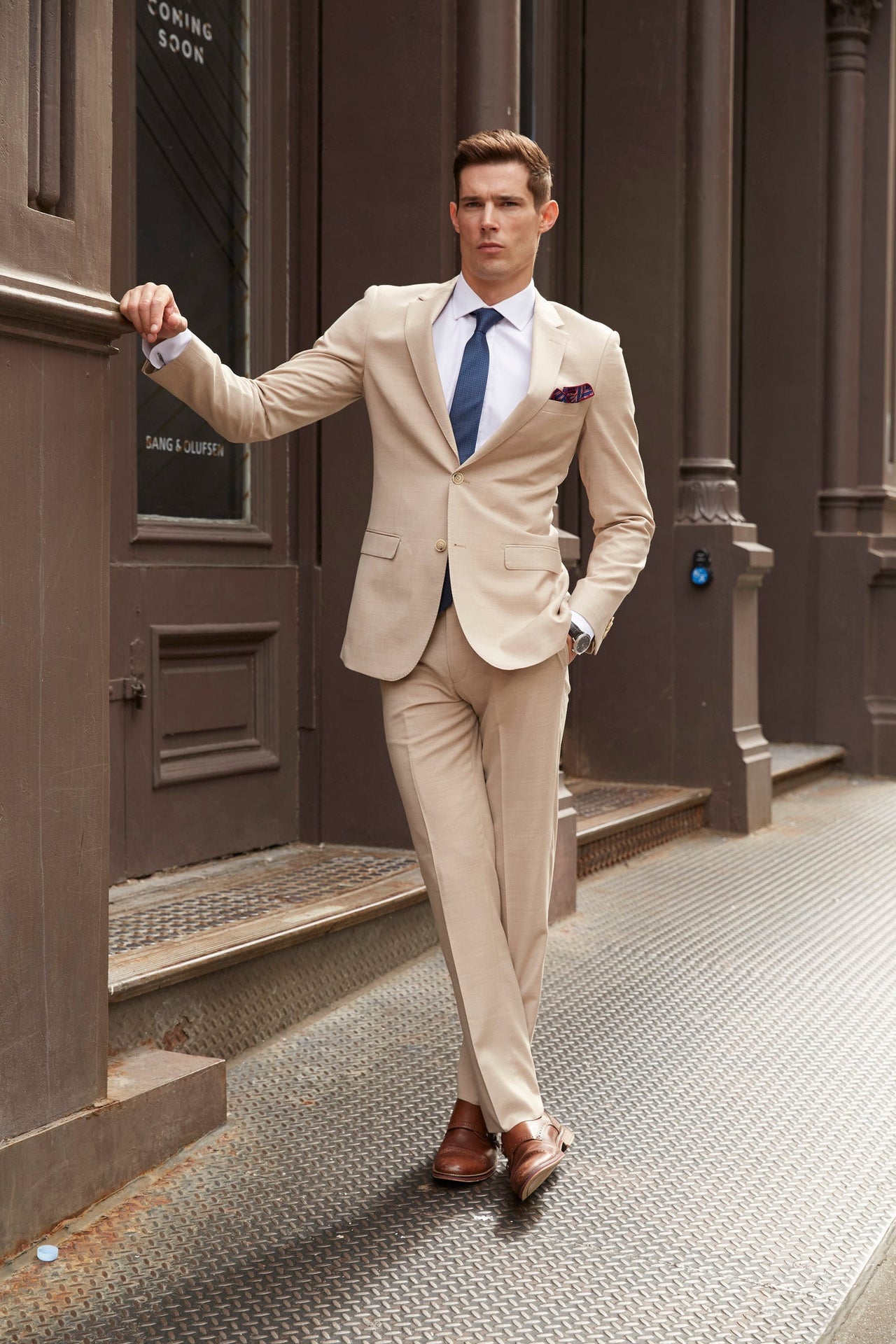
Understanding Suit Size Measurements:
- Chest Measurement: The chest measurement is crucial when determining your suit size. It is taken around the fullest part of your chest, just under your arms, and across your shoulder blades. This measurement should be done while wearing a shirt.
- Waist Measurement: The waist measurement is taken around your natural waistline, usually just above the navel.
- Sleeve Length: Sleeve length is measured from the top of the shoulder seam to the desired length of the sleeve. It determines how the sleeves of the jacket will fit on your arms.
Taking Accurate Measurements:
- Use a Measuring Tape: Use a flexible measuring tape that can wrap around your body easily. Avoid using a metal tape measure, as it may not accurately capture your body’s contours.
- Ask for Assistance: Whenever possible, ask someone to assist you in measuring, as they can ensure accuracy and consistency. If measuring alone, stand in front of a mirror to double-check alignment and accuracy.
Considerations for a Perfect Fit:
- Body Shape: Different suit styles are suited for various body types. Slim-fit suits are great for lean and slim physiques, while athletic-fit suits cater to muscular individuals. Classic-fit suits are more appropriate for those with a broader frame.
- Personal Preferences: Take into account personal preferences regarding fit and styling. Some individuals prefer a more tailored and fitted look, while others opt for a looser, relaxed fit. Experiment with different styles until you find the one that makes you feel comfortable and confident.
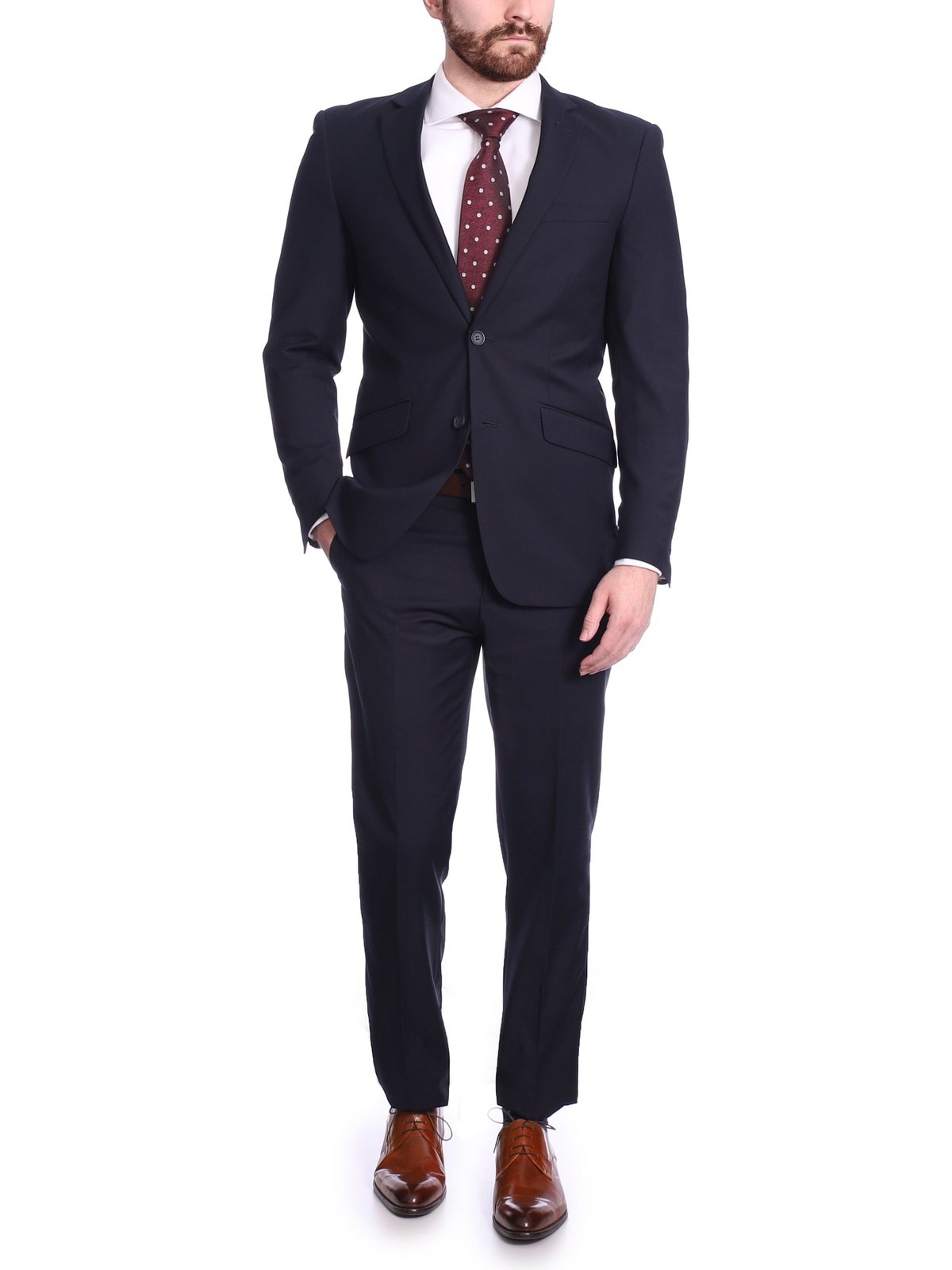
Seeking Professional Assistance:
- Tailoring Services: If unsure about measuring or finding the perfect fit, seek out professional tailors or sales associates. They have the expertise to guide you through the process, ensuring that your suit fits impeccably.
- In-Store Fittings: Visiting a brick-and-mortar store that offers in-house fittings is also advisable. These stores often have an experienced staff with a deep understanding of suits vests, catered to ensuring you find the right fit.
What styles of men’s suits are there?
Men’s suits are a timeless and essential wardrobe staple that exudes elegance and sophistication. With a wide range of styles to choose from, finding the right suit can be a challenging task. Each suit style has its unique characteristics, cuts, and silhouettes, offering varying levels of formality and versatility.
Single-Breasted Suit:
- Classic Single-Breasted Suit: The classic single-breasted suit is the most common and versatile suit style. It features a jacket with a single row of buttons running down the front. This style is appropriate for almost any occasion and can be worn with either two or three buttons.
- Single-Breasted Two-Button Suit: This suit style is known for its clean and balanced appearance. It is suitable for most body types and offers a classic and timeless look.
- Single-Breasted Three-Button Suit: The three-button suit is considered more traditional. It provides an elongating effect to the torso and is best suited for taller individuals.
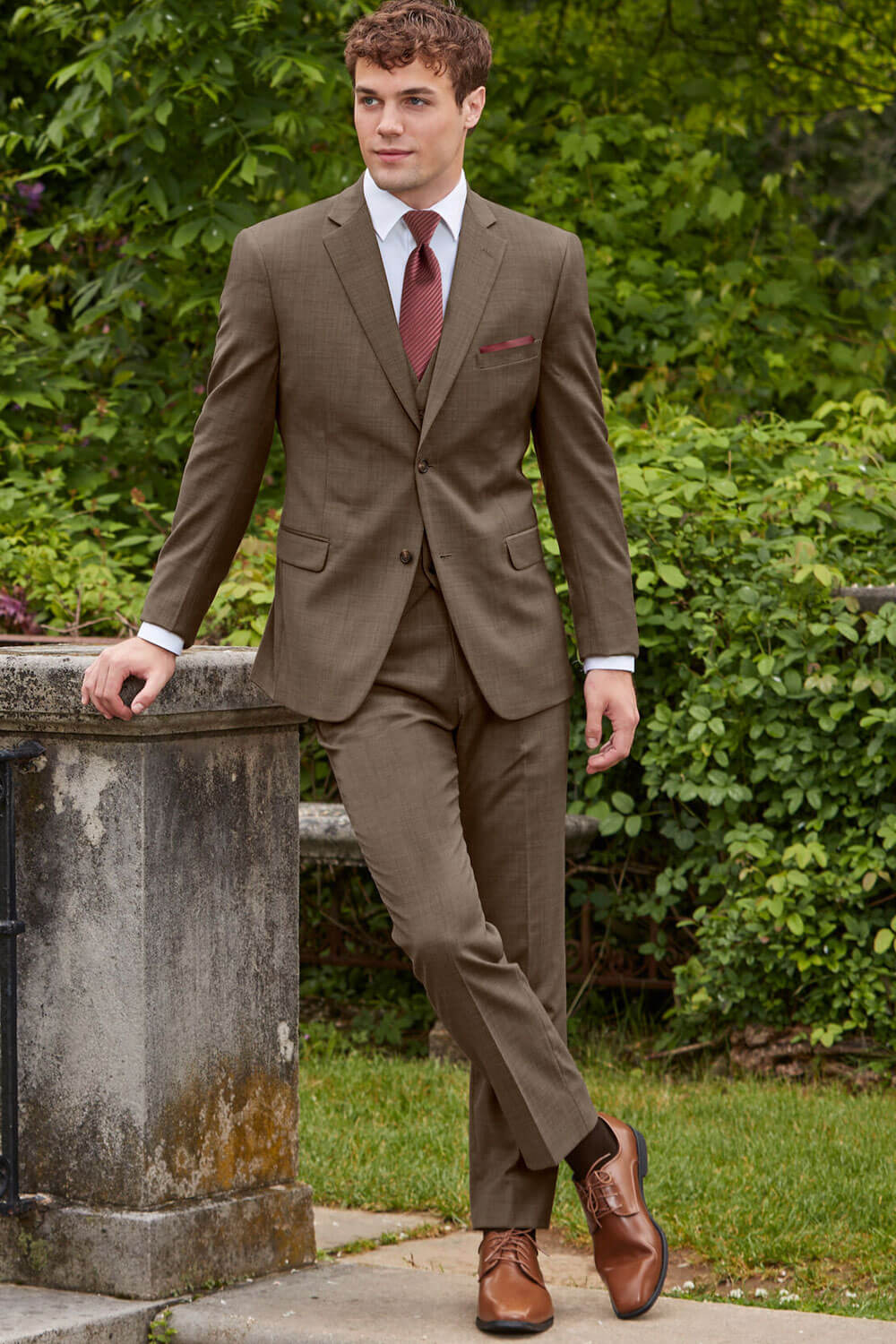
Double-Breasted Suit:
- Double-Breasted Suit: Double-breasted suits have a formal and elegant appearance. They feature two parallel rows of buttons on the front, creating a dramatic and distinguished look. This style is commonly associated with formal events and business settings.
- Slim Fit Double-Breasted Suit: For a modern and tailored look, opt for a slim fit double-breasted suit. It offers a sleek silhouette while retaining the formal and sophisticated charm of the double-breasted style.
Tuxedo:
- Classic Tuxedo: The classic tuxedo, also known as a dinner jacket or black tie attire, is the epitome of formal evening wear. It features a black jacket with satin lapels, contrasting buttons, and a matching strip down the trousers. Usually worn with a white dress shirt, a black bow tie, and patent leather shoes, the classic tuxedo is reserved for black tie events.
- Shawl Collar Tuxedo: The shawl collar tuxedo features a rounded lapel that blends smoothly with the collar. It offers a sophisticated and streamlined look, often considered a vintage-inspired choice.
- Peak Lapel Tuxedo: The peak lapel tuxedo has lapels that point upward and out towards the shoulders. This style adds a touch of formality and visual interest to the tuxedo, making it a popular option for formal occasions.
Suit Patterns and Fabrics:
- Solid-Colored Suits: Solid-colored suits, such as navy, black, charcoal gray, or light gray, are the most versatile and widely worn suits. They provide a classic and timeless appearance, making them suitable for any formal or business occasion.
- Pinstripe Suits: Pinstripe suits feature fine, vertical lines that run down the fabric. This pattern creates the illusion of a taller and slimmer silhouette, which is why it is often favored in formal business settings.
- Checkered Suits: Checkered suits showcase a pattern of small intersecting squares. Depending on the size and color of the check pattern, these fall suits can range from subtle and understated to bold and eye-catching.
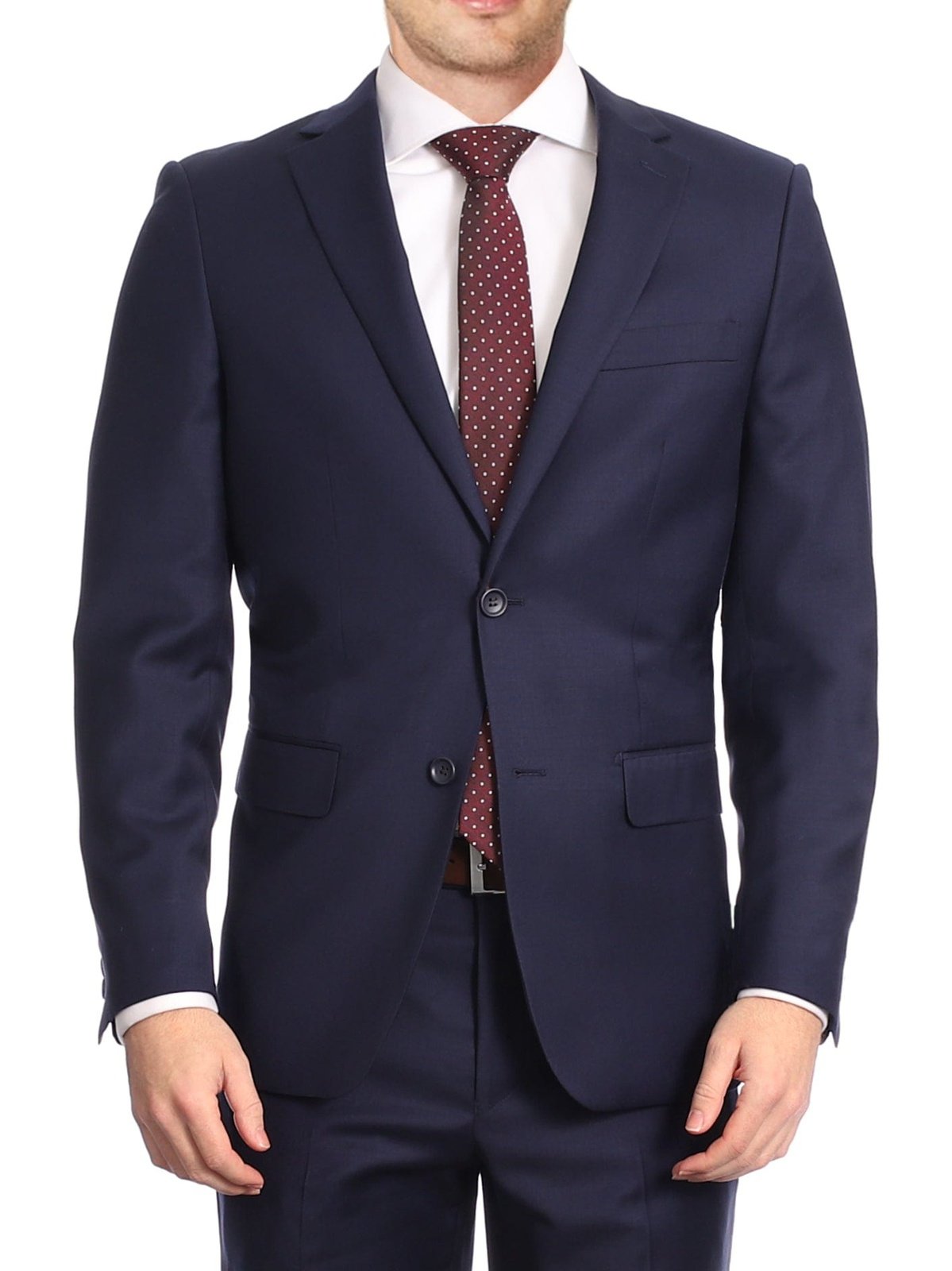
Suit fit:
- Classic Fit: Classic fit suits offer a relaxed and comfortable fit throughout the body. They are not overly fitted, providing ease of movement and a more traditional appearance.
- Slim Fit: Slim fit suits are tailored closer to the body, creating a sleek and modern silhouette. This style is often chosen by individuals looking for a more contemporary and fitted appearance.
- Athletic Fit: Athletic walking suits are designed for individuals with a muscular build. They provide more room in the chest and shoulders while still maintaining a tailored and defined look.
Conclusion:
Finding the right suit size is essential for a polished and confident look. By understanding key measurements, accurately taking your measurements, and considering factors such as body shape and personal preferences, you can navigate the world of suit sizes with ease. Remember to seek professional assistance if needed, as tailors and sales associates can provide valuable guidance to ensure a perfect fit. With the right measurements and thoughtful consideration, you can confidently step into any formal occasion with a suit that showcases your style and fits you like a second skin.

